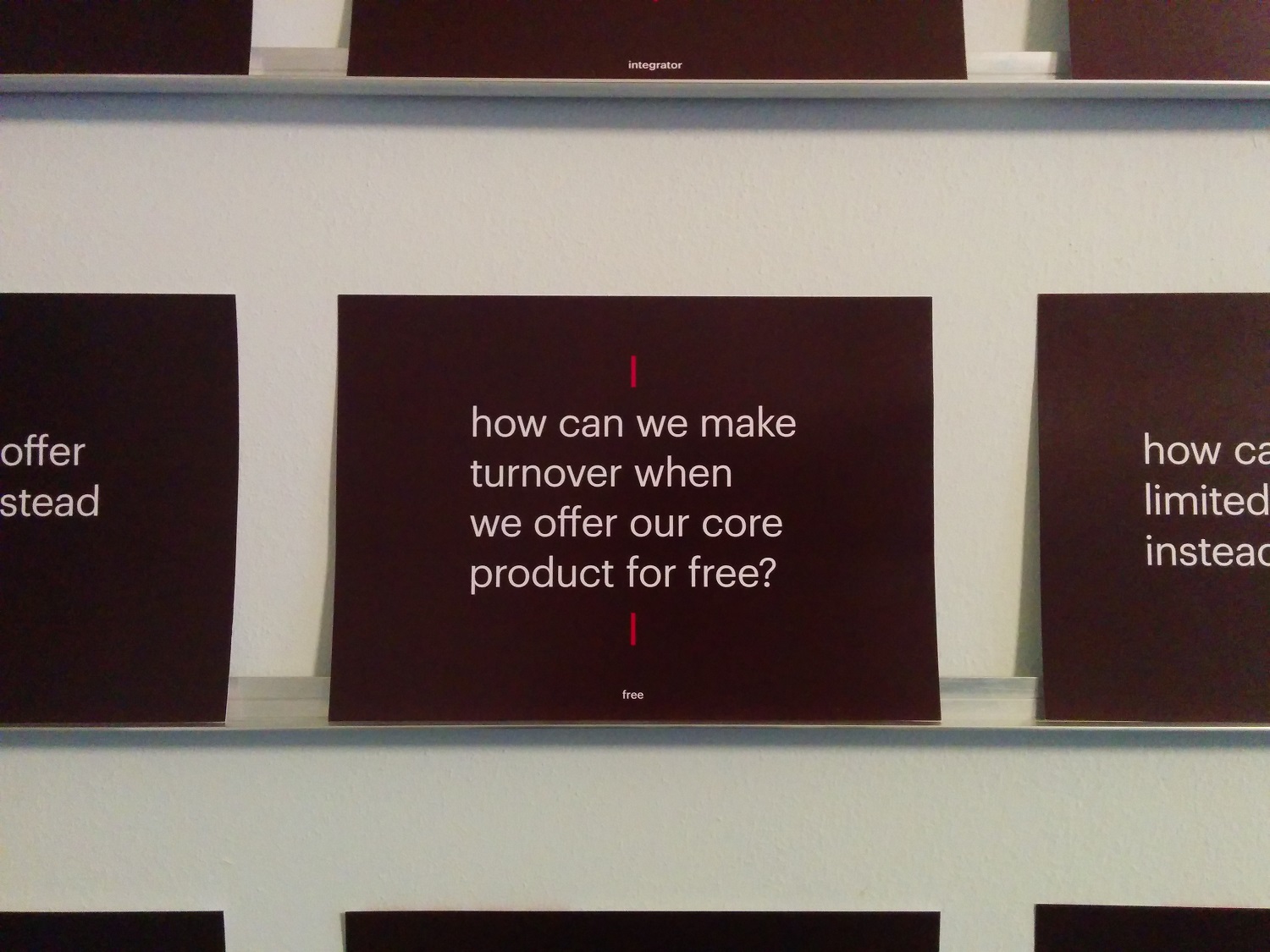Innovating Your Business Model: Rocket Science or “just” Methodological Creativity?

When it comes to business models, especially in the time of digitization, the typical consulting phrases are hardly bearable anymore. “Disrupt your business!” “Fail often, fail early!” Especially the last one is questionable. Will failing often (and early) really help your company right now?
The underlying plea behind the last claim is a different one, namely: “Put new things to the test in a timely manner”. For example, ask your customers how they will find something you’ve come up with before introducing it to the market. Ask non-customers why they don’t like your product or why they prefer another one. When you have a new idea, ask yourself for whom it has an added value. Ask if they’re willing to pay for it. And then ask the one you believe will pay for your offer, if he actually would.
If you don’t get the answers you are hoping for, have you actually “failed” in this process? Or have you learned something valuable about your idea? Of course, this sounds much less spectacular than “failing” – and that’s probably why it won’t generate any popular phrases.
If you don’t get the answers you are hoping for, have you actually “failed” in this process? Or have you learned something valuable about your idea?
Michael Geiss
Business model innovation: Unbuzzing the buzzword
Less buzzwords, more thinking
“Innovation” is also such a buzzword, especially when it comes to business models. Today, we seem to be surrounded by a real revolution: Words like change and transformation are on everyone’s lips and the perpetrator is called digitization.
But does the digital revolution really put everything around us in question? Can’t we continue doing anything like we have done it before and do we need to fundamentally change everything? It is often even assumed that only those companies have a future that completely rethink what they have done so far and radically renew themselves as fast as possible.
Google is a one-product show
“Learn from Google,” they keep saying. “Google, that is a company that seems to be speeding past everyone else. After all, it is one of the companies of digitization.” But what if we told you that Google’s business model is actually nothing special?
In fact, Google is just a one-product show. Google has only one well-functioning business area, which is web search. Obviously, this is based on an intelligent business model and of course it is very successfully monetized. One service, finding relevant search results, is provided free of charge. The target audience is everybody that has ever asked a question. The knowledge generated about the interests of searchers is then sold to advertisers.
But that doesn’t sound like a “revolution” to me at all…
Business model innovation means applying the old in a new way
Google’s business model is not really a “revolution”. It is merely the evolution of a business model that we call “Free”. In this sense, however, Free does not mean completely free of charge. “Yeah, big deal. Of course, I pay Google with my data,” says the user confidently! And he would be right, roughly speaking.
However, this is not a unique business model pattern that was invented by Google. It is even possible without digitization in play at all.

Let’s put the question like this:
How would could your business make money, if your core product was free of charge?
Imagine the following case: You want to organize a business event. You want many people to participate, but you also want to make some money. Going by the old Economics 101 class, the price set and the demand for tickets would now work against each other. The more you ask for the tickets, the fewer people would want to come; the cheaper the tickets, the more guests you can expect.
So, what would happen if the tickets were completely free of charge?
Imagine that your event is focused on a specific industry or profession. For any specific industry there would be specialized companies that offer services, develop apps or are active in the consulting business. And for exactly those service providers you would have gathered a highly relevant target group in one place at your event. This would be a great opportunity to give these service providers buy *awareness* by participating in the organization or program. Maybe they can sponsor the event, buy a speaker slot, or buy floor space to show of their products to a relevant market. See the parallel to Google’s business model?
Most business models follow familiar patterns. The trick now is to apply these 55 patterns creatively to your own company.
Michael Geiss
Most business models follow familiar patterns
When we explain Google’s business model to our workshops it often is an eye-opener. After all, the vast majority of today’s business model innovations follow familiar patterns. The 55 most important patterns have been identified in the St. Gallen Business Model Navigator, for example. The “Free” business model that is used by Google is one of them.
Most business models follow familiar patterns. The trick now is to apply these 55 patterns creatively to your own company. You can use them to start looking for workable ideas and new things that you can try out. Applying the right methods you will arrive at a business model that works; and that won’t be a result of any “rocket science”, but just of good, old-fashioned methodological creativity.
Systematically disenchanting business model innovation
Think about it:
What would your company do if its core product were free?
At Iconstorm we are not a management consultancy but practitioners. When designing products and services, we are concerned with how ideas become innovations. That’s why we know that every company can be innovative by taking a targeted approach and asking the right questions.

